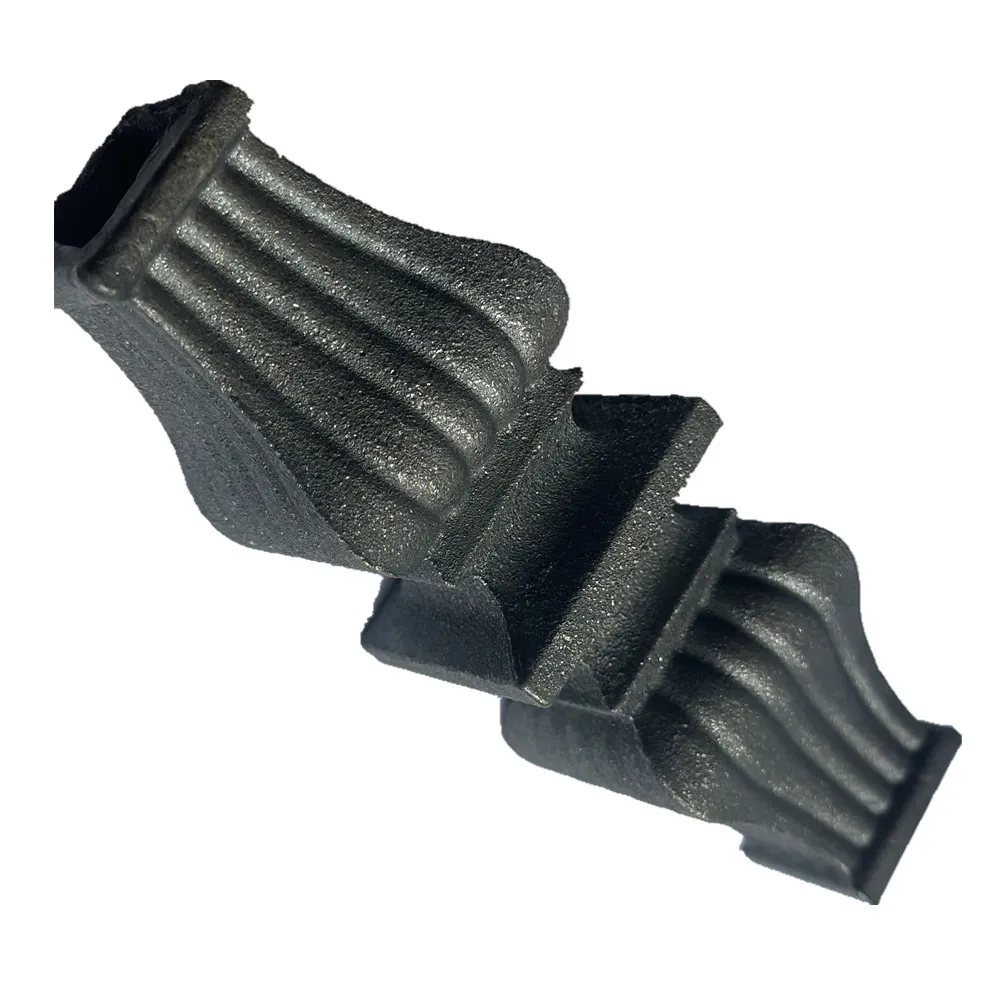casting iron design
Understanding Casting Iron Design Principles and Applications
Casting iron has been a fundamental material in engineering and manufacturing for centuries. Its unique properties make it an ideal choice for a wide range of applications, from the automotive industry to artistic sculptures. Understanding the principles of casting iron design not only helps in utilizing its advantages but also in maximizing its potential in various projects.
The Basics of Casting Iron
Casting iron is primarily an alloy of iron, carbon, and silicon. The carbon content typically ranges from 2% to 4% by weight, which gives cast iron its distinctive properties. There are several types of cast iron, including gray iron, ductile (or nodular) iron, and white iron, each with specific characteristics suited for different applications. Gray iron, for instance, is known for its excellent machinability and vibration damping properties, while ductile iron possesses superior strength and ductility, making it ideal for high-stress environments.
Design Considerations
When designing components using casting iron, several key factors must be taken into account
1. Material Selection As mentioned earlier, the type of cast iron selected greatly influences the performance of the final product. Engineers must assess the mechanical properties, corrosion resistance, and thermal conductivity required for the application.
2. Fluidity During the casting process, the molten iron must flow uniformly into the mold to fill all corners and avoid defects. This requires careful consideration of the design's geometry, ensuring that it allows for adequate fluidity and minimizes turbulence, which can lead to inclusions or misfills.
casting iron design

3. Cooling Rate The rate at which cast iron cools can significantly affect its microstructure, and consequently, its mechanical properties. Designers must consider thicker and thinner sections of the casting, as uneven cooling can lead to warping or cracking. Strategic design features, such as risers and chills, can help manage cooling rates effectively.
4. Machining and Finish Although cast iron is known for being relatively easy to machine, the design must account for any required finishing processes. Allowances for machining tolerances and surface finishes should be included in the design to ensure that the final dimensions conform to specifications.
Applications of Casting Iron Design
The versatility of cast iron makes it suitable for an array of products. In the automotive sector, components like engine blocks and cylinder heads are often manufactured from ductile iron due to its strength and heat resistance. In construction, gray iron is used for manhole covers, drainage pipes, and architectural structures because of its excellent wear resistance.
Furthermore, casting iron has found its place in artistic applications, where sculptors utilize the material to create intricate designs and durable statues. The malleability of the iron allows for creative freedom, while its durability ensures longevity in outdoor settings.
The Future of Casting Iron Design
As technology advances, the techniques and methods for casting iron design continue to evolve. The rise of computer-aided design (CAD) has allowed for more precise modeling, while innovations in 3D printing are beginning to influence how castings are produced. Additionally, with increasing environmental concerns, research into more sustainable manufacturing processes and materials is gaining traction.
In conclusion, understanding the principles of casting iron design is crucial for engineers and designers who wish to leverage this versatile material effectively. From material selection to cooling considerations and applications, the intricacies of casting iron design play a pivotal role in the success of various projects. As industries evolve, embracing innovation while honoring traditional techniques will ensure that casting iron remains a vital material in engineering for years to come.
-
Wrought Iron Components: Timeless Elegance and Structural StrengthNewsJul.28,2025
-
Window Hardware Essentials: Rollers, Handles, and Locking SolutionsNewsJul.28,2025
-
Small Agricultural Processing Machines: Corn Threshers, Cassava Chippers, Grain Peelers & Chaff CuttersNewsJul.28,2025
-
Sliding Rollers: Smooth, Silent, and Built to LastNewsJul.28,2025
-
Cast Iron Stoves: Timeless Heating with Modern EfficiencyNewsJul.28,2025
-
Cast Iron Pipe and Fitting: Durable, Fire-Resistant Solutions for Plumbing and DrainageNewsJul.28,2025
-
 Wrought Iron Components: Timeless Elegance and Structural StrengthJul-28-2025Wrought Iron Components: Timeless Elegance and Structural Strength
Wrought Iron Components: Timeless Elegance and Structural StrengthJul-28-2025Wrought Iron Components: Timeless Elegance and Structural Strength -
 Window Hardware Essentials: Rollers, Handles, and Locking SolutionsJul-28-2025Window Hardware Essentials: Rollers, Handles, and Locking Solutions
Window Hardware Essentials: Rollers, Handles, and Locking SolutionsJul-28-2025Window Hardware Essentials: Rollers, Handles, and Locking Solutions -
 Small Agricultural Processing Machines: Corn Threshers, Cassava Chippers, Grain Peelers & Chaff CuttersJul-28-2025Small Agricultural Processing Machines: Corn Threshers, Cassava Chippers, Grain Peelers & Chaff Cutters
Small Agricultural Processing Machines: Corn Threshers, Cassava Chippers, Grain Peelers & Chaff CuttersJul-28-2025Small Agricultural Processing Machines: Corn Threshers, Cassava Chippers, Grain Peelers & Chaff Cutters












